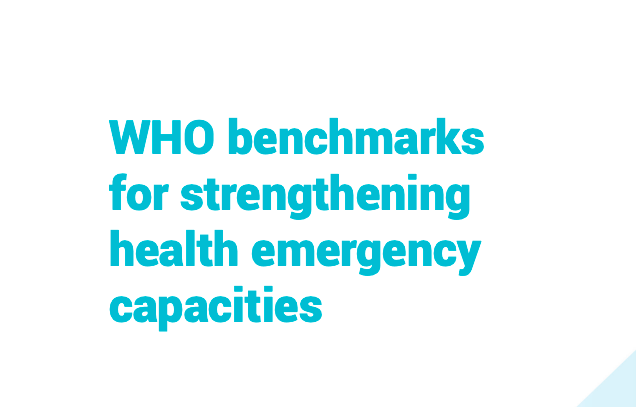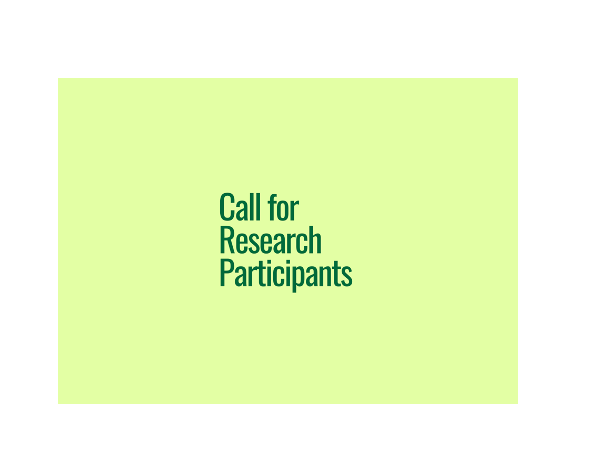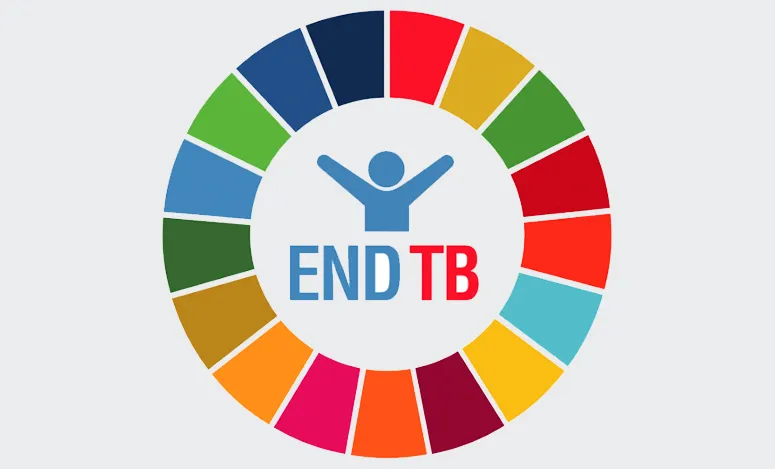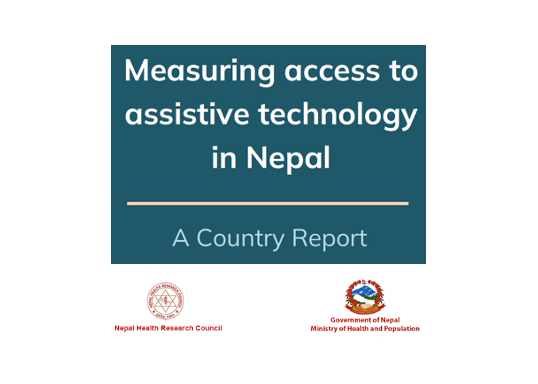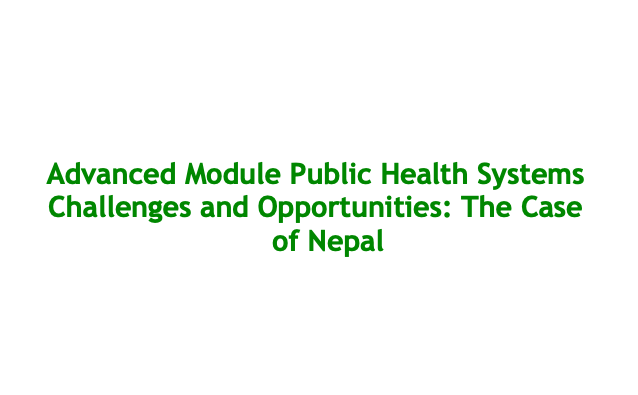The University of Bergen (UiB) is an internationally recognised research university with more than 14,000 students and close to 3,500 employees at six faculties. The university is located in the heart of Bergen.
PhD-position (4 years)
We have a full-time PhD-postition available at the Faculty of Medicine, Department of Global Public Health and Primary Care. The position is available for a period of four (4) years or max 4 months after completed the PhD-degree, if this is achieved within a short time than four years. The position include 25 % required duties such as teaching, exam work or supervision, depending on the demands at the department.
The position starts as soon as possible and is part of the project “Pesticides and exposures from traditional textile industry associated with own and offspring health in indigenous Guatemalan communities”, funded by the University of Bergen.
About the project/work tasks:
- Supervise collection of data and samples in indigenous communities in Guatamala in contact with representatives of the local communities
- First author publications on occupational and environmental risks, and their relation to health outcomes, based on the collected data and measurements from the collected samples
- Contribute with practical work related to the biobank and measurements in collected samples
- Provide information from the study process and results to the study participants and the local communities, and provide information from the study that can be used in policy briefs to stakeholders
Qualifications and personal qualities:
- The applicant must hold a master’s degree or the equivalent in Global health
- Experience from working with indigenous communities in Guatemala is essential
- Experience from relevant research projects will be considered positive
- The candidate should be able to work independently and in a structured manner, and have the ability to cooperate with others
- The candidate must have the ability and motivation to carry out a PhD project
- The applicant must be fluent in oral and written English, AND in oral and written Spanish
- Applicants from guatemala will have preference
Applicant whose education is from another country than Norway, need to also attach a certified translation of the diploma and transcript of grades to English or a Scandinavian language, if the original is not in any of these languages. It is also required that the applicant enclose a review from the Norwegian Directorate for Higher Education and Skills (HK-dir) whether the education in question (bachelor and master’s degree) is of a scope and level that corresponds to the level of a Norwegian master’s degree. Please see https://hkdir.no/en/ for more information about HK-dir’s general recognition. The review from HK-dir may take some time and the application should be sent to HK-dir as soon as you have decided to apply for the position. If no answer within the application deadline, you must enclose documentation from HK-dir that they have received your application. Please note that the automatic recognition offered by HK-dir is not sufficient and will not be accepted as basis for admission to the PhD programme. Applicants with education from a Scandinavian country or medical degree from the EEA area and a license to practice medicine in Norway are exempt from the requirement for HK-dir assessment, see Admission requirements at the Faculty of Medicine | Faculty of Medicine | UiB
See documentation requirements for language qualifications: http://www.uib.no/en/med/115526/english-language-requirements-phd-admission
About the PhD position (applies to university PhD positions):
The duration of the PhD position is 4 years, of which 25 per cent of the time each year comprises required duties associated with research, teaching and dissemination of results. The employment period may be reduced if you have previously been employed in a recruitment position.
Organized research training (PhD program):
The candidate must take part in the University of Bergen approved PhD programme leading to the degree within a time limit of 3 years. You must have admission to the organized research training (PhD program) at the Faculty in order to qualify for the position. Application for admission to the PhD programme, including a project plan outline for the training plan must be submitted no later than three months after the date of commencement.
The PhD-position:
PhD-positions are fixed term positions. You cannot be employed in a PhD-position for more than one fixed term period at the same institution or have had similar employment at an institution in the region.
We can offer:
- Exciting development opportunities as part of your role in a strong professional environment
- Salary at NOK 540.500,- (Code 1017, pay grade 55) in the state salary scale. For applicants with at least one year of employment in a position as a General Practitioner or Dentist, salary NOK 557 100 (code 1017, pay grade 57). Medical specialist starts on salary NOK 575 400 (code 1017, pay grade 59)
- Enrolment in the Norwegian Public Service Pension Fund
- Good welfare benefits
Your application must include:
- A brief account of the applicant’s research interests and motivation for applying for the position
- Certified copies of diplomas and transcrips of grades
- Applicant whose education is from another country than Norway, need to also attach a certified translation of the diploma and transcript of grades to English or a Scandinavian language, if the original is not in any of these languages. It is also required that the applicant enclose a review from HK-dir whether the education in question (bachelor and master degree) is of a scope and level that corresponds to the level of a Norwegian master’s degree. Please see https://hkdir.no/en/ for more information about HK-dir’s general recognition. This may take some time and we recommend you to apply as soon as you know you will apply for this position. If no answer within the application deadline, please enclose documentation from HK-dir that they have received your application
- Documentation of language skills (English)
- Complete list of publications and scientific work you want to be evaluated
- Any publication in your name
- Two references (name and contact information)
General information:
For further information please contact Cecilie Svanes, e-mail: cecilie.svanes@uib.no or cecilie.svanes@helse-bergen.no, phone: +47 90892762.
State employment shall reflect the diversity of Norwegian society to the greatest extent possible. People with immigrant backgrounds and people with disabilities are encouraged to apply for the position.
The University of Bergen applies the principle of public access to information when recruiting staff for academic positions. Information about applicants may be made public even if the applicant has asked not to be named on the list of persons who have applied. The applicant must be notified if the request to be omitted is not met.
For further information about the recruitment process, click here.





